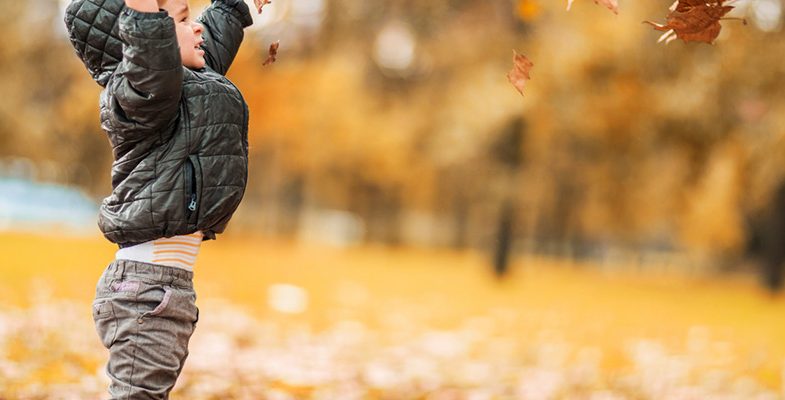Fall leaf raking is something every kid looks forward to and every adult dreads. While piles of leaves are fun to romp around in, they also serve to provide a habitat for local insects and enrich the soil. The environmental impact of leaf blowers is awful and so is the carbon footprint of gathering up and transporting your yard waste to facilities to process. Instead of buying fertilizer this year for your garden, save your leaves and make your own!
Let’s start by saying that leaves won’t damage your lawn. They can cause rot on decks and can be a hazard on stairs, so by all means clear these areas and place leaves in the garden instead.
Leaves provide shelter and bedding materials for a wide variety of local wildlife. Leaves are also essential for soil health and feed microbes that are essential for healthy gardens. Leaves also provide nutrients for plants and trees.
“Fallen leaves offer a double benefit,” says National Wildlife Federation Naturalist David Mizejewski, “Leaves form a natural mulch that helps suppress weeds and at the same time fertilizes the soil as it breaks down. Why spend money on mulch and fertilizer when you can make your own?”
OK, so here we acknowledge that leaves can make the yard look messy. When they gather in an area and get wet, they can suppress not only the growth of weeds, but the healthy growth of other plants too. We’ve got the perfect solution for that – rake the leaves onto your lawn and mow over them a couple of times a season. Breaking up the leaves into smaller pieces will help your yard to look neater and will fast-track the breaking down of the foliage.
Attach your lawnmower bag to collect your leaf mulch and spread it in your flower beds and under trees. This helps to mulch your soil for a much healthier garden next year.
You can rake your leaves up and make a large compost pile. By the spring, the bottom half of the pile will be a rich soil you can use to augment beds. If you don’t want the leaves to blow away, cover with a tarp or make one of these DIY composters.
While mowing leaves can keep your lawn neat, we strongly advise that you leave the leaves in garden beds and on compost piles. The majority of butterflies and moths use leaf litter as protection from the winter elements. Great spangled fritillary and wooly bear caterpillars use leaves to hide from predators and cold weather. Other butterflies and moths lay eggs on the leaves which become the young caterpillar’s first meal in the spring. Luna moths and swallowtail butterflies have chrysalises that look like leaves and are hidden among the leaf debris for protection. Bumble bees need a blanket of leaves to survive the winter as do other insects like spiders, snails, beetles, worms and many more.




